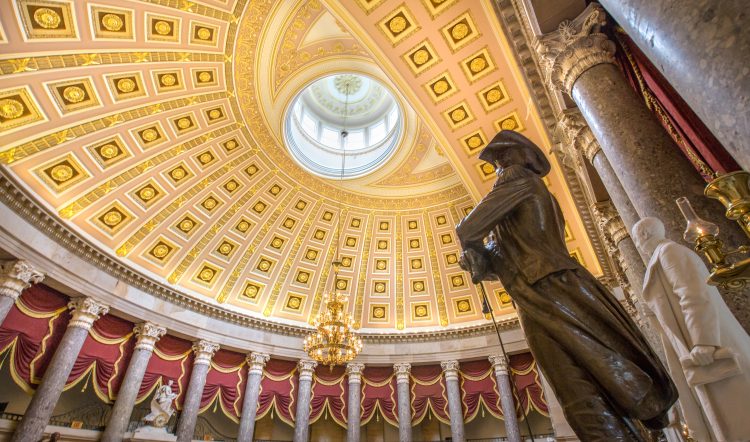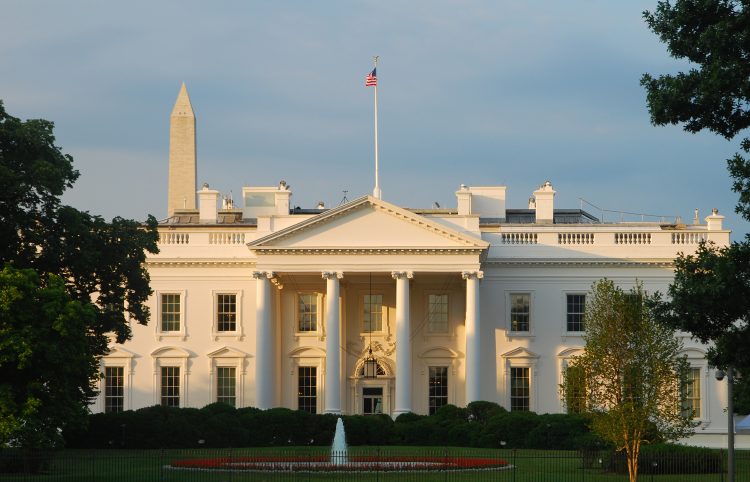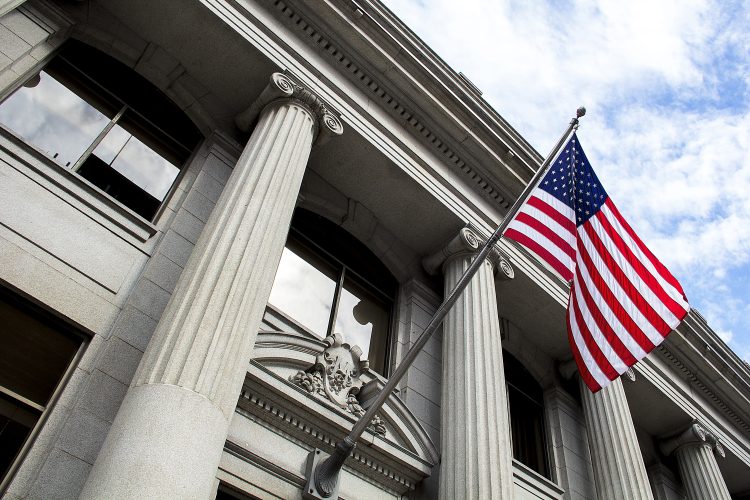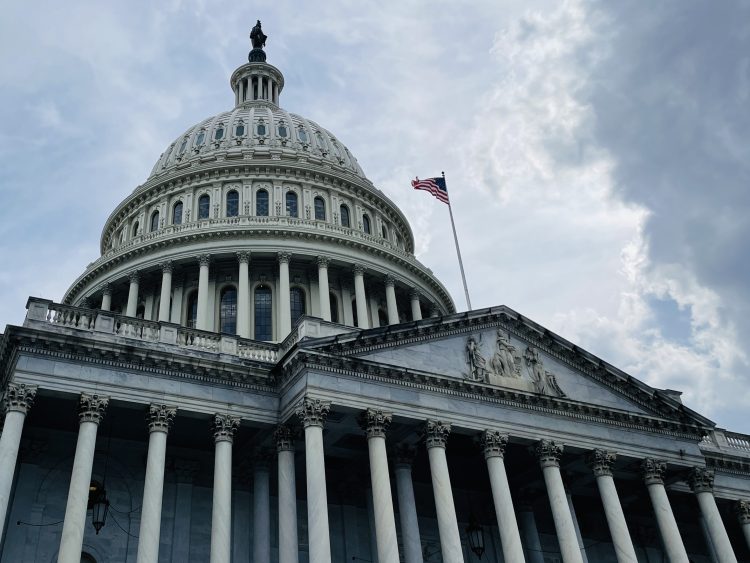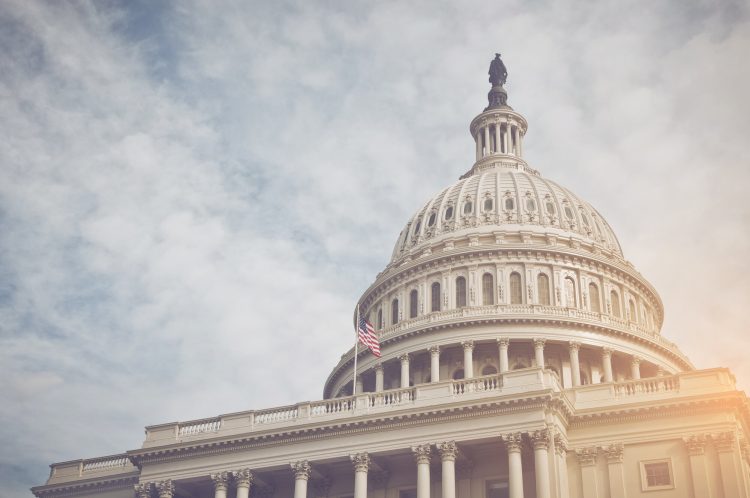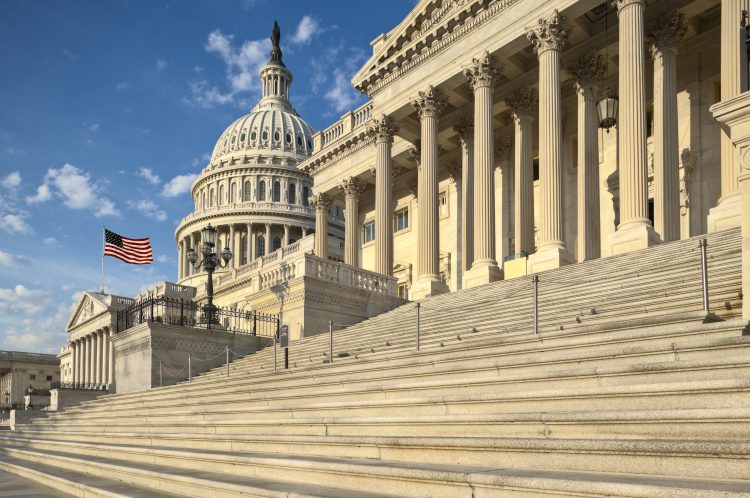As the Senate moves closer to finalizing the One Big Beautiful Bill Act (OBBBA), the headlines are focused on tax cuts, spending priorities, and political infighting. But at the same time, something more troubling is happening: policymakers are promoting budget gimmicks and rosy economic assumptions to disguise the bill’s true cost. The result isn’t just bad math—it’s a breakdown in honest budgeting that threatens to further erode public trust in government.
A Baseline Built on Make-Believe
At the center of the deception is the Senate’s use of a “current policy” baseline to estimate the bill’s cost. That might sound technical, but here’s what it means in plain terms: the Senate is pretending that the 2017 tax cuts—set to expire at the end of 2025—are already permanent. So when they propose to extend those cuts, they claim it doesn’t cost anything.
That’s like saying renewing your Netflix subscription doesn’t cost money because you’ve already been paying for it. This sleight of hand allows the Senate to claim that the tax provisions in the Senate version of the OBBBA would only add $442 billion to the deficit. But under a more honest “current law” baseline, the tax changes in the bill would add $4.2 trillion to the debt—that’s before accounting for interest cost. The Senate tax plan is actually a larger increase to the debt than the House’s $3.8 trillion tax package because the Senate makes several business tax cuts permanent, whereas the House has those provisions expiring in 2029.
To add insult to injury, both the House and Senate versions of the OBBBA take full advantage of the “current law” scoring convention by adding several new tax cuts with sunset dates in 2028 or 2029 so that the full cost of making them permanent doesn’t appear in the official score. In other words, they claim that the extension of the 2017 tax cuts should be scored as current policy (ignore the 2025 sunset) and the new tax cuts should be scored as current law (honoring the 2028 and 2029 sunsets). It is inconsistent, but very convenient.
The Debt Reduction Fantasy
The White House Council of Economic Advisers (CEA) has taken the optimism even further. In a recent report, the CEA claimed that the OBBBA would actually reduce the deficits by $2.1 to $2.3 trillion over the next decade.
In contrast, the CBO projects that the OBBBA would increase the deficit by $3.4 trillion over 10 years when accounting for economic feedback—more than the $3 trillion conventional estimate, not less. That’s because while the bill may slightly boost short-term growth, the long-term effects of higher debt and interest rates significantly outweigh the benefits.
The CEA projection hinges on economic growth assumptions that are, to put it mildly, out of step with what nonpartisan analysts have estimated. The CEA assumes the Administration’s policies would boost real GDP growth by 4.6% to 4.9% in the first four years and by 2.4% to 2.7% by year 10.
Other independent analysts agree that the economic gains will be modest. The Penn Wharton Budget Model, Yale Budget Lab, and the Tax Foundation all find that the OBBBA would add significantly to the debt and have only modest effects on economic growth–the most optimistic estimate is a 1.1% increase in GDP over 10 years.
Rhetoric vs. Reality: What History Teaches About Tax Cuts
The claims that large tax cuts will spark economic growth, lift wages, and ultimately pay for themselves are not new. Over the last five decades, the Reagan, Bush, and Trump tax cuts each followed this same script—and none lived up to the hype. Collectively, they added more than $10 trillion to the federal debt and produced less growth than promised. In fact, the strongest economic stretch in recent memory—marked by rising wages and booming private investment—occurred under President Clinton, following tax increases rather than cuts that helped balance the budget, lower interest rates, and strengthen the economy.
A Reckless Path Forward
The OBBBA is being sold as a fiscally responsible plan to boost growth and help working families. But the numbers tell a different story. Once the gimmicks are stripped away, the bill is a $3.4 trillion increase in the national debt—at a time when interest costs are already crowding out other priorities.
And the process used to get there is just as troubling. By manipulating baselines, ignoring independent analysis, and leaning on fantastical economic forecasts, lawmakers are abandoning the principles of honest budgeting. That’s not just a policy failure—it’s a breach of public trust.
Worse, the use of gimmicks undermines the very institutions designed to keep the budget process honest. When Congress dismisses CBO estimates or cherry-picks baselines to suit political goals, it sends a clear message: facts are optional.
If Congress wants to restore credibility and govern responsibly, it needs to start by facing the facts. And that means telling the truth about what this bill really costs and paying for those costs with meaningful policy changes, and not smoke and mirrors.
Continue Reading
